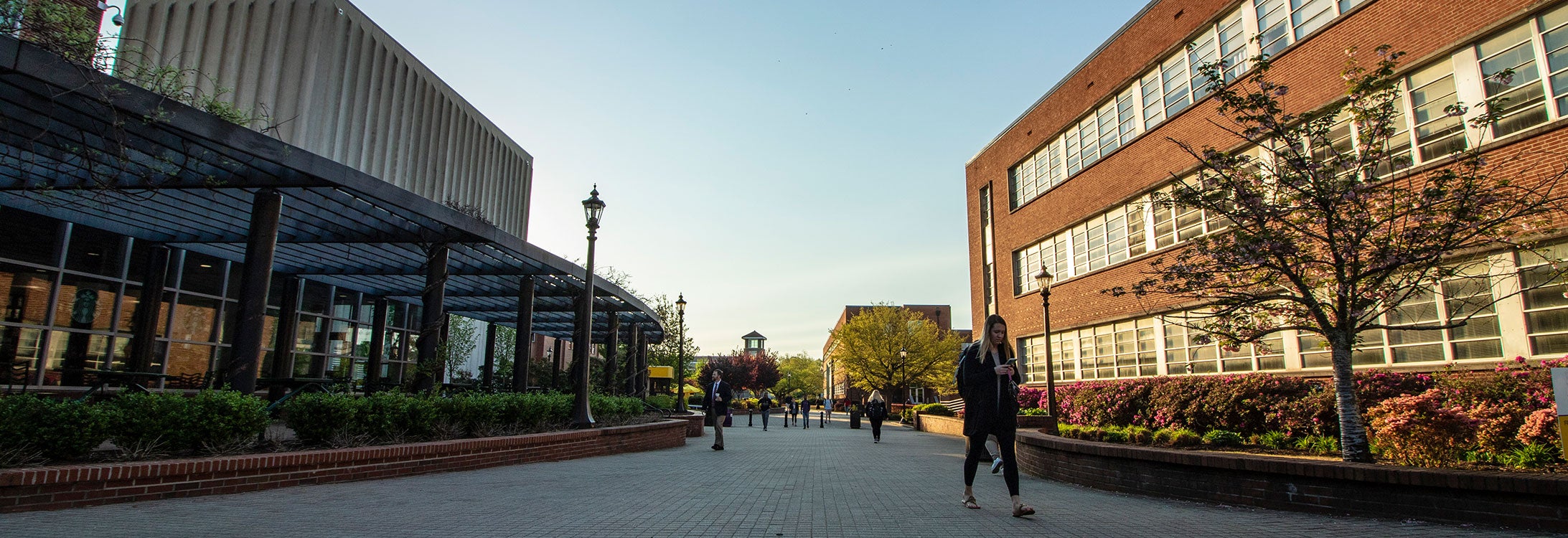McRae Lab Research in the News
GREENVILLE, N.C. (June 21, 2012) — Researchers are hoping to get a rare peek this summer at an elusive bird hiding in the marshes of Mackay Island National Wildlife Refuge.
Led by East Carolina University assistant professor of biology and faculty member of the North Carolina Center for Biodiversity Dr. Susan McRae, along with graduate student Carol Brackett, and field assistants Chelsey Faller, Elizabeth Lesley and Alexandra Mankofsky, McRae and her team have captured 10 King Rails so far and located 49 nests. The team is tagging and tracking the birds to learn more about their migratory habits.
Funding for McRae’s research is provided by a grant from the U.S. Fish and Wildlife Service until 2013. Her team follows a study by N.C. State that focused on what makes the Mackay Island site so attractive to the birds.
“Little is known so far about the King Rails’ habits,” said McRae.
For two years, McRae and her team have been wading through muck and marsh in search of King Rail nests. In most places, a sighting is rare. The population of King Rails is so sparse that the U.S. Fish and Wildlife Service consider it a priority concern.
McRae said bird-watchers are more likely to find the King Rails on the Knotts Island refuge than elsewhere in North Carolina. Visitors to the Mackay Island Refuge have a good chance to see the long-legged bird darting across the road.
“King Rails are secretive creatures and remain a hidden minority in the marshes. Yet there is a good chance of spotting one on Mackay Island,” said McRae. “I don’t know anywhere else where you can pretty reliably see one without straying too far from the parking lot.”
Their nests in the marshes are not easy to locate. A pile of crayfish shells may be a clue that a bird is nearby. The birds blend in with their surroundings – and when they turn tail, they are so narrow they are barely noticeable.
“That’s where the saying, ‘thin as a rail’ comes from,” said McRae.
A new aspect to the study is the use of radio telemetry. Radio transmitters are attached to a small sample of breeders, allowing the researchers to monitor what parts of the refuge the King Rails use and whether they stay at Mackay Island year round, or if they migrate elsewhere for the winter. Small samples of blood also are collected to assist in genetic testing.
“We have developed species-specific genetic markers that will allow us to analyze genetic variation in captured birds on regional and temporal scales. If birds caught at different times of the year are genetically similar, it may mean they don’t move around much,” said McRae. “The markers can also be used to compare this population with other populations, for example, on the Gulf coast.”
In addition to McRae’s team, the public can aid in the research. A brochure at the refuge explains how visitors can contact the team if they spot a King Rail.
“They do come out in the open in Mackay Island and that’s a pretty rare thing to see,” said McRae.
Lacey L. Gray, MA
Director of Marketing and Communications
Thomas Harriot College of Arts & Sciences
East Carolina University
2301 Bate Building
Greenville, NC 27858-4353
252-737-1754
